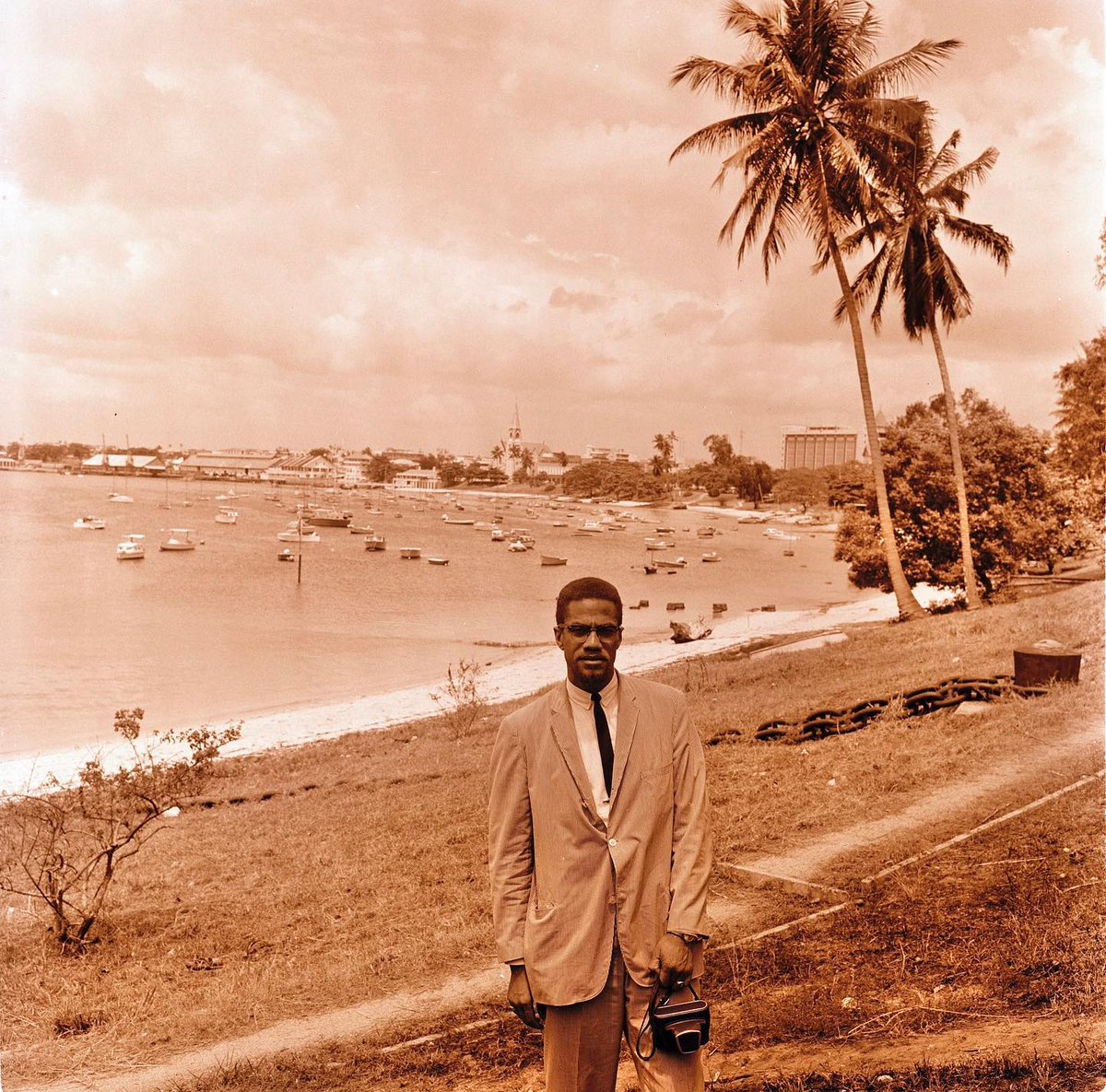Spike Lee is an award-winning writer & director who's widely known for his socio-politically charged work & Black-centered narratives. He's also renowned for his unique use of the Double Dolly Shot technique, a directorial technique that has set him apart from his constituents.
The dolly has always been an integral part of filmmaking, since the early days of cinema. It functions as a tool that allows filmmakers the freedom & mobility to move the camera in a fluid motion — a tough task for DPs handling cameras that were historically large & expensive. 

As time passed cameras became lighter & compact but the need for seamless fluidity in movement still persisted & the dolly stayed put.
Lee, who was always experimental with camera movement & position, challenged the visual component of filmmaking, using a dolly to hold both his actors & the camera. twitter.com/i/web/status/1… 

By putting both on a dolly, Lee & his DPs created a dream-like sequence where it appeared that the actor was floating through space in a smooth motion.
Inspired by Lee's hero Melvin Van Peebles's use of the double dolly Shot in his 1967 film “The Story of a Three-Day Pass,” Lee & cinematographer Ernest Dickerson first tried using the Double Dolly Shot while filming “School Daze” in 1988.
While Lee initially used the dolly shot to "show off" (his own words), he started incorporating it in his narrative structure in later movies to transpose "a transportive or alienated feeling."
This can be seen in his 1992 biopic, “Malcolm X” where we see Malcolm (Denzel Washington on his way to his final speech at the Audubon Ballroom. He poetically glides towards his inevitable tragic ending, accompanied by the beautiful score of Sam Cooke's "A Change Is Gonna Come."
The double dolly shot has become a signature for Lee as it’s been used throughout his entire career including his 2019 Academy Award winning film, “BlacKkKlansman.”
The intentional act of taking the audience out of the story — disrupting & disorienting them by breaking the fourth wall — has garnered much praise & scrutiny — something Spike Lee knows all too well about.
Hi! We’re a cultural ecosystem dedicated to preserving + advancing Black expression + agency. The goal is to foster a physical + digital environment where Black liberation of all forms is attained🖤
• • •
Missing some Tweet in this thread? You can try to
force a refresh





























